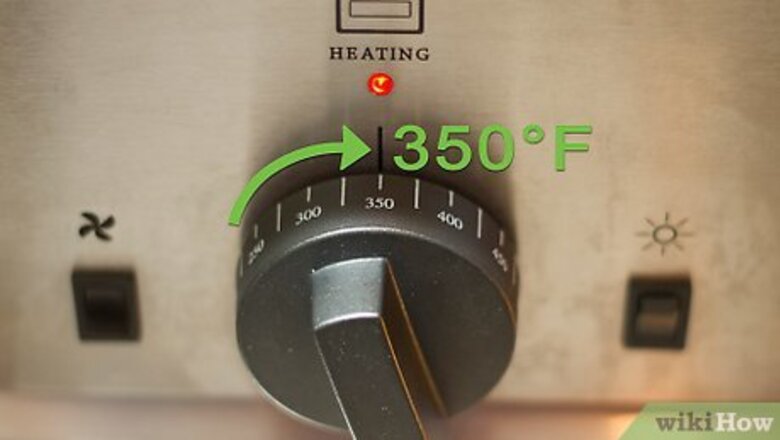
views
Oven Roasting
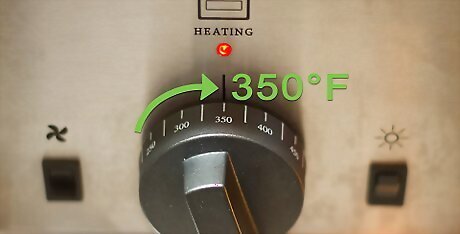
Preheat your oven. Wait for your oven or toaster oven to heat to 350ºF or 175ºC. Optionally, use the broiler setting to cook the nuts from above. This makes it easier to check on the progress of the nuts, since the toasted side is easily visible.
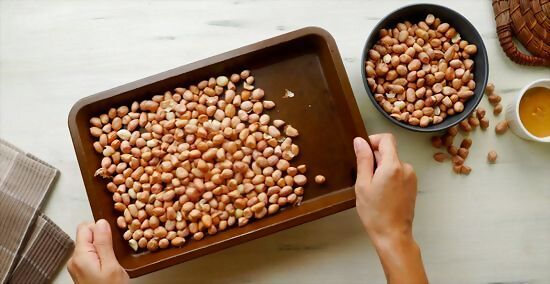
Fill a tray with a single layer of nuts. Pour the nuts onto a tray or baking dish with sides. Keep them in a loose, single layer to allow air circulation. Place the tray, ungreased, in the oven.
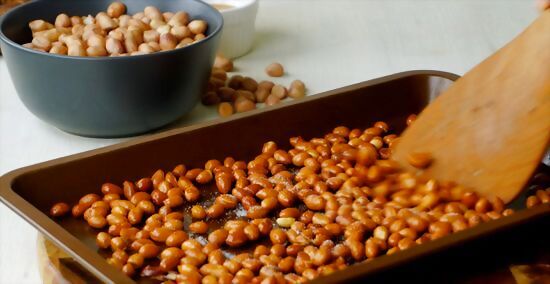
Stir once or twice during cooking. For most nuts, stirring every five minutes is enough to avoid burning. Stir the nuts or shake the tray gently to move the nuts at the edge to the center, and vice versa. The smaller the nuts, the easier they are to burn. Check on pine nuts or chopped nuts every two or three minutes. Toaster ovens tend to have less even heat distribution. If using one, you may need to stir two or three times to avoid burning.

Roast until the nuts are brown and fragrant. The nuts are ready once golden brown with a strong, toasted smell. Check on them often once they approach these estimated times, or the nuts can quickly turn bitter and burnt: Pine nuts: 5 minutes Pistachios: 6–8 minutes Almonds: 8 minutes if sliced, 10 if whole Walnuts, pecans: 10–15 minutes Hazelnuts, macadamia nuts: 12–15 minutes Brazil nuts: 15–17 minutes Peanuts: 15–25 minutes bare, 20–35 minutes in shell Chestnuts: 20–30 minutes
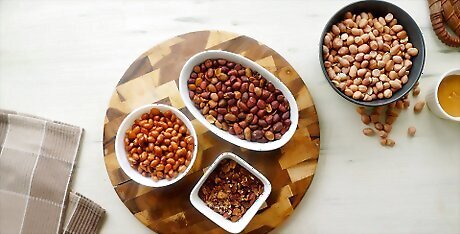
Peel the nuts. The thin, papery skin on many nuts becomes looser during roasting. If you'd like to remove it, fold a towel around the nuts and rub vigorously until the skin flakes off. For large batches, finish by spinning the nuts in a salad spinner to remove small pieces. If the nuts are still in the shell, crack them with a nutcracker or by wrapping in a towel and pressing down. The shells may be softer when hot, but be wary of escaping steam.
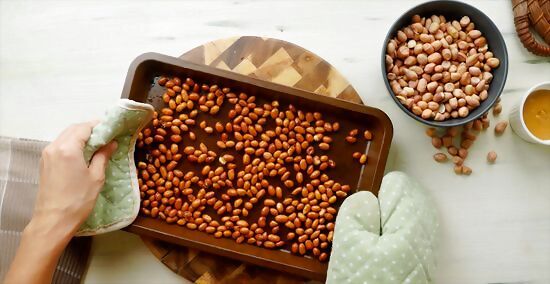
Let cool before eating. Roasted nuts are still soft fresh out of the oven. Let them cool to near room temperature to develop a crunch. Transfer leftovers to the fridge once completely cool, in a sealed container. Roasted chestnuts are best eaten soft and warm.
Pan Roasting
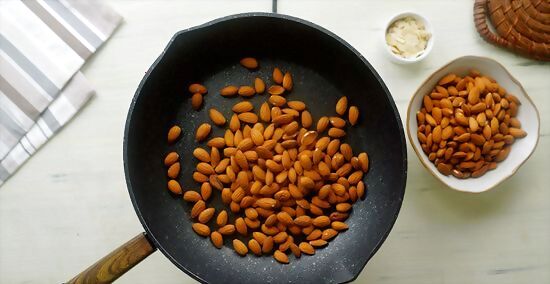
Pour the nuts into a heavy skillet or frying pan. The stovetop method is quick, but can easily burn the nuts if you're not careful. Use a cast iron skillet or another heavy-bottomed pan that heats up slowly and evenly. Add the nuts in a single layer, leaving plenty of space to stir them. There is no need to add oil.
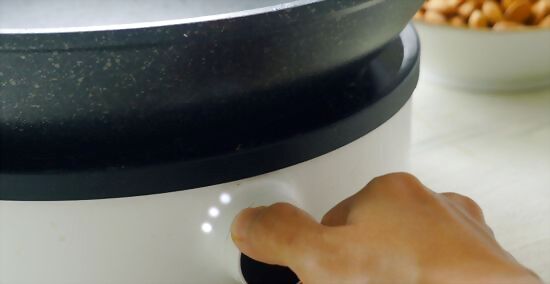
Heat over medium heat. The nuts will turn light brown and release a strong aroma as they toast. This only takes a couple minutes for most nuts. Brazil nuts, walnuts, and other large nuts may take longer. You can roast nuts in the shell, but it will take longer — roughly ten minutes.
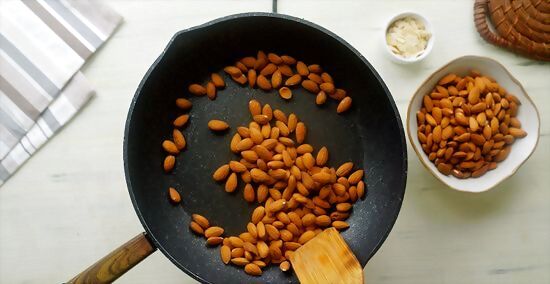
Stir frequently. Nuts will quickly burn if you leave one side touching the pan for too long. Stir often to roast the nuts as evenly as you can. When roasting small pieces such as pine nuts or chopped nuts, stir or toss constantly.

Let cool. Pour the nuts into a bowl as soon as they turn a light golden brown. They will become crunchier as they cool. Store leftovers in an airtight container in the fridge.
Microwave Roasting
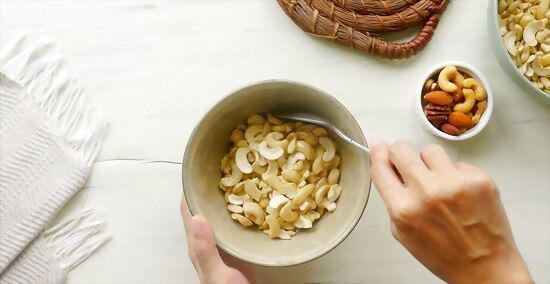
Toss the nuts in a little oil. If you microwave nuts dry, they will not end up crisp or browned as they do in traditional cooking. Instead, toss the nuts in a small spoonful of oil or butter, roughly ½ tsp per ½ cup (5 mL per 120 mL) or just enough to coat them. This will help the outside cook faster than the inside, recreating that crunch.

Spread out the nuts on a microwave-safe plate. Microwave no more than ½ cup (120 mL) at a time, to avoid uneven cooking. Keep them in a single layer.

Cook in one-minute intervals. Cook for one minute, stir, and repeat. Small nuts are usually ready in two to four one-minute sessions, while large nuts may take eight or so. The nuts will turn light brown if you oiled them, but not as much as they would in the oven. For this method, taste tests are a more reliable way to tell when they're done.


















Comments
0 comment